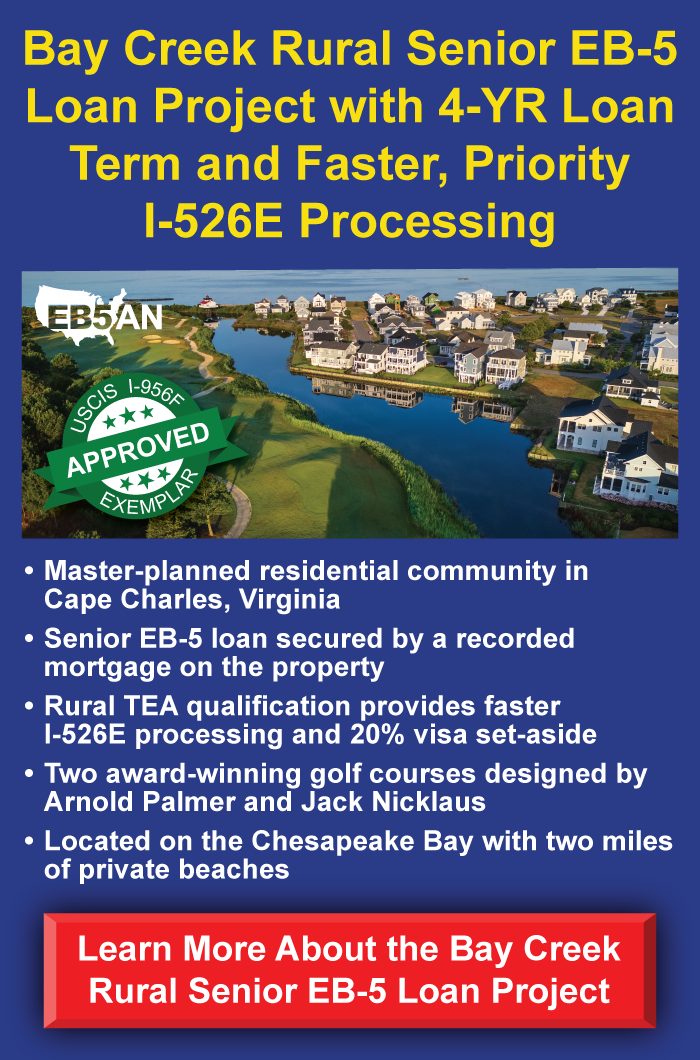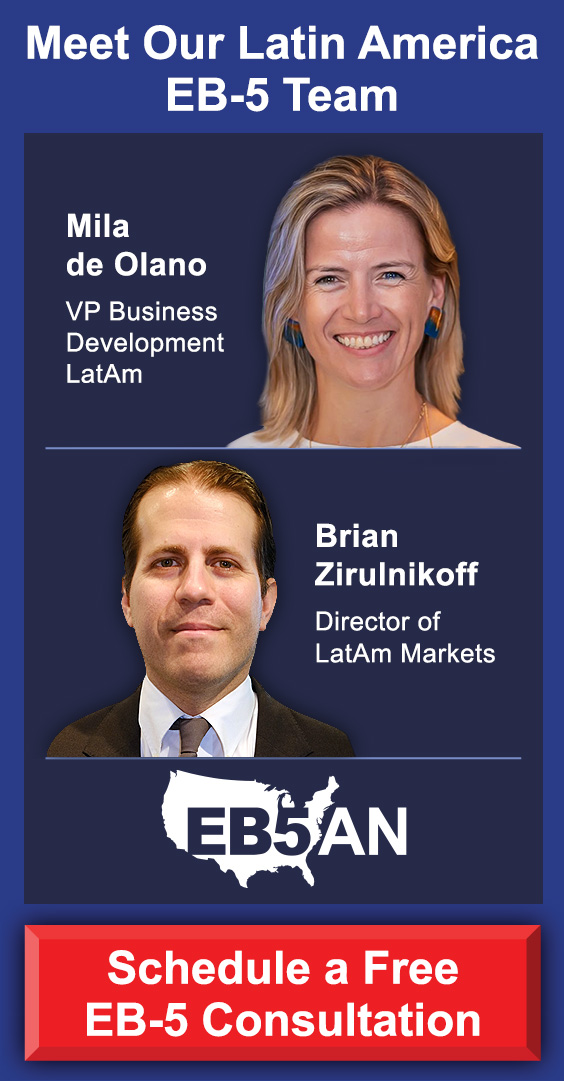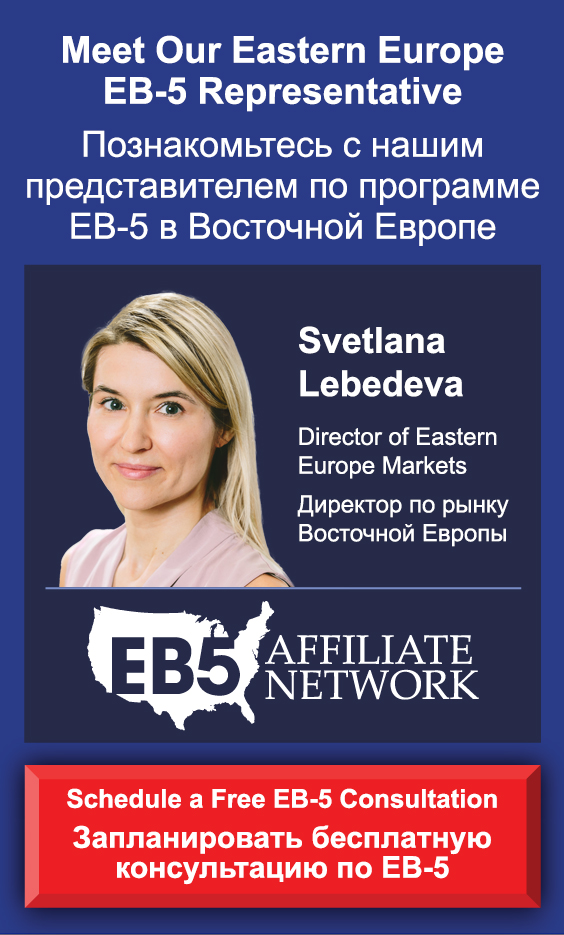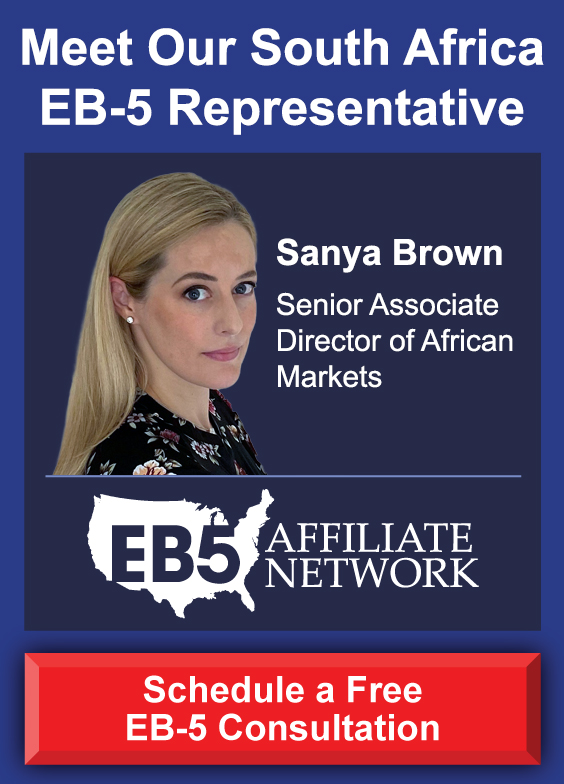For highly skilled professionals aspiring to secure U.S. residency, the path to obtaining a Green Card can often feel like navigating a maze of complex rules and procedures. Among the most common immigration options for skilled workers are the EB-1 and EB-5 visas.
While both routes offer the possibility of obtaining permanent residency, EB-5 presents a safer, more reliable pathway compared to EB-1—especially for those who might not meet the exceptionally high standards set by the EB-1 category.
The EB-1 visa is an immigrant visa for individuals with extraordinary abilities, outstanding professors and researchers, or multinational executives. It’s a prestigious option that can lead to a Green Card, but it’s very difficult to qualify for.
In contrast, the EB-5 visa, which is designed for foreign investors, offers a more straightforward route to U.S. residency by focusing on investment and job creation.
This article compares these two visa types, focusing on the limitations of EB-1 and how EB-5 can serve as a safer and more flexible alternative for highly skilled professionals.
The EB-1 Visa: High Standards and Stringent Qualifications
- Extraordinary Ability Requirement
- Outstanding Professors and Researchers
- Multinational Executives and Managers
The Challenges of the EB-1 Visa
The EB-5 Visa: A Safer, More Flexible Alternative
- Investment in a U.S. New Commercial Enterprise
- Job Creation Requirement
- Predictable and Transparent Process
- No Employer Sponsorship Required
EB5AN Can Help You Obtain a Green Card
The EB-1 Visa: High Standards and Stringent Qualifications
The EB-1 visa is often seen as a direct route for professionals with exceptional skills in fields such as science, arts, education, business, or athletics. However, it is also one of the most challenging paths to navigate.
The EB-1 visa is broken down into three main categories, each of which has its own requirements. Which category applies to you would depend on your skills and experience.
Extraordinary Ability Requirement
The EB-1A category, which is reserved for individuals with “extraordinary ability,” demands applicants prove that they have achieved a level of distinction in their field. This can include significant awards, a sustained national or international reputation, and other major accomplishments.
The criteria for “extraordinary ability” are strict and require substantial documentation, such as awards like the Nobel Prize or significant publications in top-tier journals.
Outstanding Professors and Researchers
The EB-1B category is designed for professors and researchers who have an internationally recognized reputation in their academic field. To qualify, individuals must show that they have at least three years of experience and are coming to the U.S. to work in their area of expertise.
While this category is less demanding than the EB-1A route, it still requires high-level accomplishments and an offer of employment from a U.S. employer, meaning that your eligibility often depends on your relationship with an institution or company.
Multinational Executives and Managers
The EB-1C category is for multinational executives and managers who have worked in a managerial or executive capacity for a company outside the U.S. for at least one year within the past three years and are coming to work for the same company in the U.S.
This option is limited to those who have worked for a qualifying employer—which the applicant must have a long-standing relationship with—and applicants must be able to demonstrate their high-level managerial role, both in the past and in their new position.
The Challenges of the EB-1 Visa
The high standards of the EB-1 visa often result in many rejections. For most professionals, particularly those without internationally recognized awards or substantial documentation of their expertise, the EB-1 visa may feel unattainable. Even if an individual does qualify for the EB-1 category, the process can be complicated, lengthy, and unpredictable.
Moreover, the EB-1 visa usually is dependent on the applicant’s specific employer or field. As a result, even if a professional meets the strict qualifications, they may still face challenges related to job offers, employer sponsorship, or the need to demonstrate continued extraordinary contributions in their field.
In sum, while the EB-1 visa may offer a chance at permanent residency, it does so for only a select few—and even those select few must rely on factors, such as employer sponsorship, that may be out of their control.
The EB-5 Visa: A Safer, More Flexible Alternative
The EB-5 visa, on the other hand, offers foreign nationals an alternative pathway to U.S. residency that focuses on investment and job creation rather than extraordinary abilities or employer sponsorship.
The basic requirements for the EB-5 visa include the following.
Investment in a U.S. New Commercial Enterprise
To qualify for an EB-5 visa, applicants must invest at least $1,050,000 (or $800,000 if the investment is in a targeted employment area, or TEA) in a U.S. new commercial enterprise (NCE).
While you can invest in an NCE directly, most EB-5 investors prefer to invest in projects sponsored by a regional center. This is because the regional center route offers several benefits, including less direct involvement in the project and more flexible job creation criteria (which we discuss in more detail below).
Job Creation Requirement
The primary goal of the EB-5 visa is to stimulate the U.S. economy by creating jobs. To qualify for a visa, the applicant’s investment must result in at least 10 full-time jobs for U.S. workers.
Depending on whether the investment is made in a regional center or a direct business, the job creation can include direct or indirect jobs created by the investment. While investments through regional centers can count indirect job creation toward the 10 full-time jobs requirement, direct investments cannot.
Predictable and Transparent Process
Unlike the EB-1 visa, which can be highly subjective and prone to rejection based on the applicant’s specific achievements or the employer’s qualifications, the EB-5 visa follows a more predictable and transparent process.
Once the investment is made, the investor has fulfilled the “at-risk” requirement, and the job creation goals are met, the applicant is on a more secure path to permanent residency. The process also offers a path to Green Cards for the applicant’s spouse and unmarried children under 21, making it an attractive option for investors with families.
No Employer Sponsorship Required
One of the greatest advantages of the EB-5 visa over EB-1 is that it does not require employer sponsorship. Applicants can invest in their own businesses or through a regional center, which pools investments from various individuals to fund larger projects.
Notably, this flexibility allows investors to have greater control over their immigration process and reduces the reliance on specific employers or industries. This means that many EB-5 investors can live in any area and work in any industry while on their temporary Green Cards—or not work at all if they prefer.
EB5AN Can Help You Obtain a Green Card
While the EB-1 visa can be an excellent choice for individuals with extraordinary achievements, its stringent requirements make it an uncertain option for many foreign nationals, even highly skilled professionals. The EB-5 visa, by contrast, offers a more predictable and flexible alternative that focuses on investment and job creation rather than personal accomplishments or employer sponsorship.
For many professionals seeking long-term U.S. residency, the EB-5 visa may be the safer and more reliable option, providing a clear path to the American dream. And one of the first steps along this path is to consult with EB-5 experts.
EB5AN has helped more than 2,300 families from 70+ countries become lawful permanent residents of the United States. Our team has more than a decade of experience, and we offer our clients first-rate, low-risk EB-5 regional center projects with a 100% USCIS project approval rate.
If you would like to explore your U.S. Green Card options, book a free call with our expert team today.










